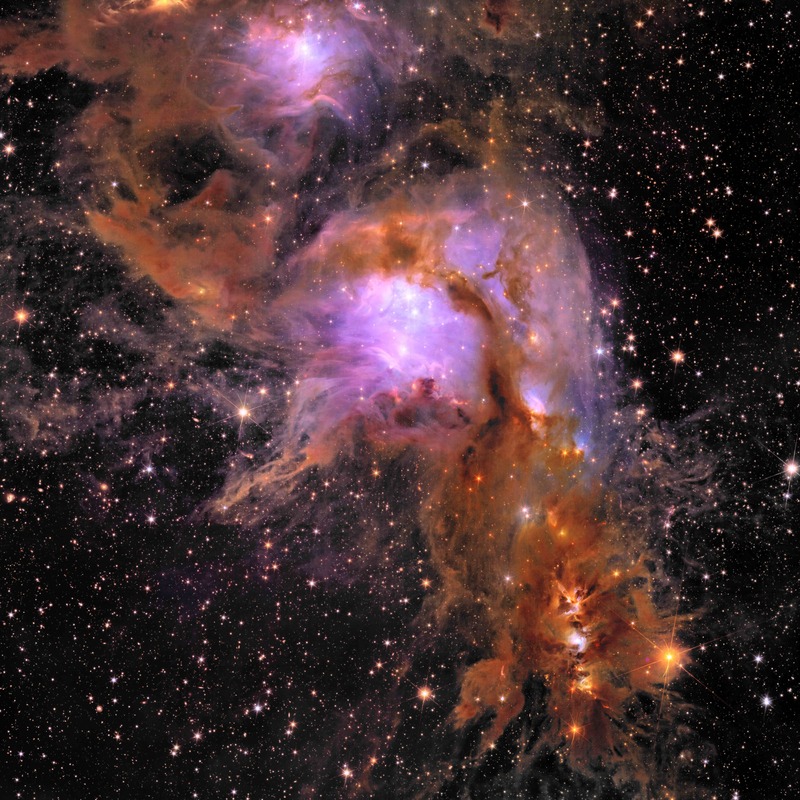The Dorado Group of galaxies is one of the richest galaxy groups in the southern hemisphere. Here, Euclid captures signs of galaxies evolving and merging ‘in action’, with beautiful tidal tails and shells visible as a result of ongoing interactions. As Dorado is a lot younger than other clusters (like Fornax), several of its constituent galaxies are still forming stars and remain in the stage of interacting with one another, while others show signs of having merged relatively recently. In size, it sits between larger galaxy clusters and smaller galaxy groups, making it a useful and fascinating object to study with Euclid. This image is released as part of the Early Release Observations from ESA’s Euclid space mission.
This dataset is enabling scientists to study how galaxies evolve and collide over time in order to improve our models of cosmic history and understand how galaxies form within halos of dark matter, with this new image being a true testament to Euclid’s immense versatility. A wide array of galaxies is visible here, from very bright to very faint. Thanks to Euclid’s unique combination of large field-of-view and high spatial resolution, for the first time we can use the same instrument and observations to deeply study tiny (small objects the size of star clusters), wider (the central parts of a galaxy) and extended (tidal merger tails) features over a large part of the sky.
Scientists are also using Euclid observations of the Dorado Group to answer questions that previously could only be explored using painstakingly small snippets of data. This includes compiling a full list of the individual clusters of stars (globular clusters) around the galaxies seen here. Once we know where these clusters are, we can use them to trace how the galaxies formed and study their history and contents. Scientists will also use these data to hunt for new dwarf galaxies around the Group, as it did previously with the Perseus cluster.
The Dorado Group lies 62 million light-years away in the constellation of Dorado.
Technical details: The data in this image were taken in just about one hour of observation. This colour image was obtained by combining VIS data and NISP photometry in Y and H bands; its size is 8200 x 8200 pixels. VIS and NISP enable observing astronomical sources in four different wavelength ranges. Aesthetics choices led to the selection of three out of these four bands to be cast onto the traditional Red-Green-Blue color channels used to represent images on our digital screens (RGB). The blue, green, red channels capture the Universe seen by Euclid around the wavelength 0.7, 1.1, and 1.7 micron respectively. This gives Euclid a distinctive color palette: hot stars have a white-blue hue, excited hydrogen gas appears in the blue channel, and regions rich in dust and molecular gas have a clear red hue. Distant redshifted background galaxies appear very red. In the image, the stars have six prominent spikes due to how light interacts with the optical system of the telescope in the process of diffraction. Another signature of Euclid special optics is the presence of a few, very faint and small round regions of a fuzzy blue color. These are normal artifacts of complex optical systems, so-called ‘optical ghost’; easily identifiable during data analysis, they do not cause any problem for the science goals.

